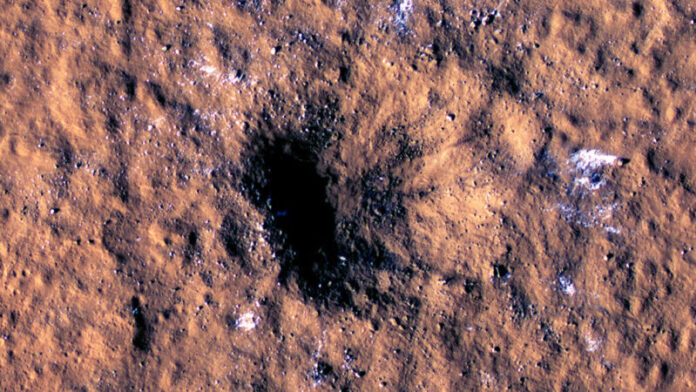
Supermassive black holes appear to be present at the center of every galaxy, going back to some of the earliest galaxies in the Universe. And we have no idea how they got there. It shouldn't be possible for them to grow from supernova remnants to supermassive sizes as quickly as they do. And we're not aware of any other mechanism that could form something big enough that extreme growth wouldn't be necessary.
The seeming impossibility of supermassive black holes in the early Universe was already a bit of a problem; the James Webb Space Telescope has only made it worse by finding ever-earlier instances of galaxies with supermassive black holes. In the latest example, researchers have used the Webb to characterize a quasar powered by a supermassive black hole as it existed approximately 750 million years after the Big Bang. And it looks shockingly normal.
Looking back in time
Quasars are the brightest objects in the Universe, powered by actively feeding supermassive black holes. The galaxy surrounding them feeds them enough material that they form bright accretion disks and powerful jets, both of which emit copious amounts of radiation. They're often partly shrouded in dust, which glows from absorbing some of the energy emitted by the black hole. These quasars emit so much radiation that they ultimately drive some of the nearby material out of the galaxy entirely.
Read 13 remaining paragraphs | Comments
Ars Technica - All contentContinue reading/original-link]




